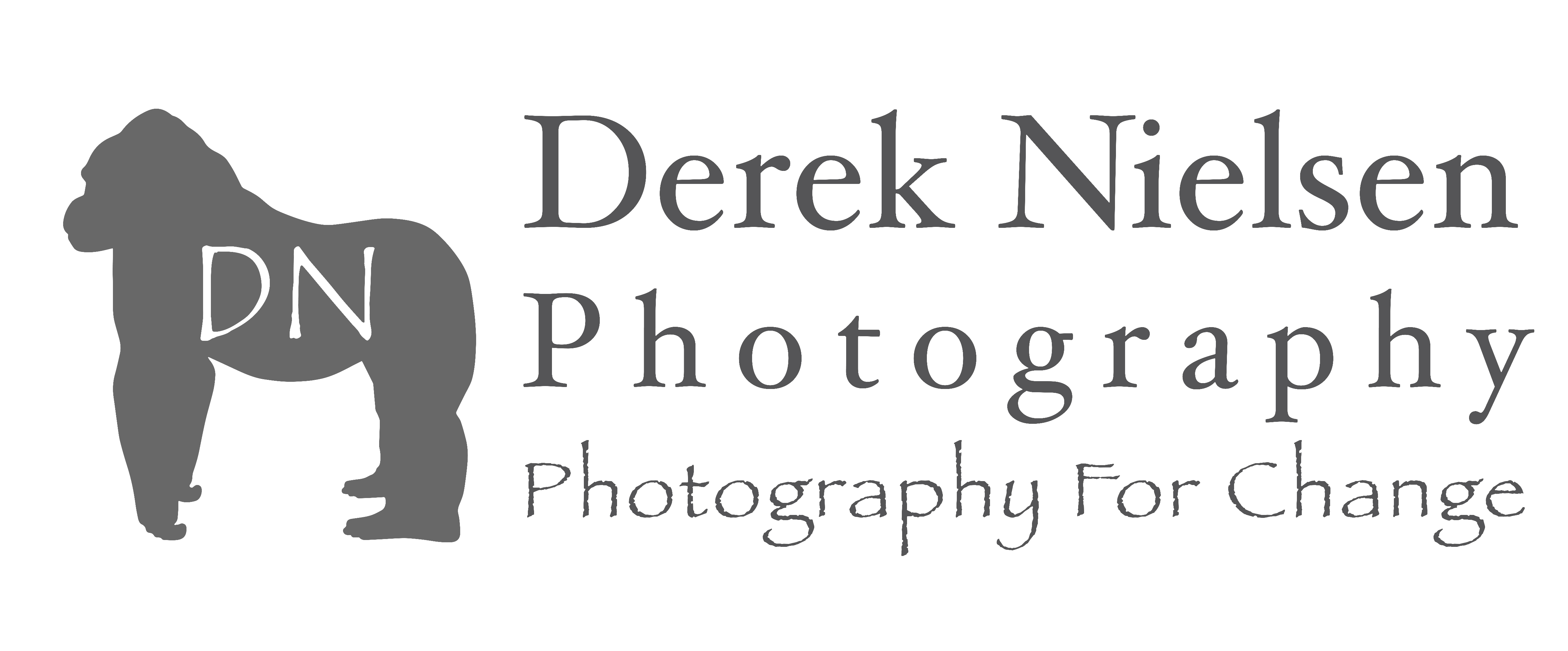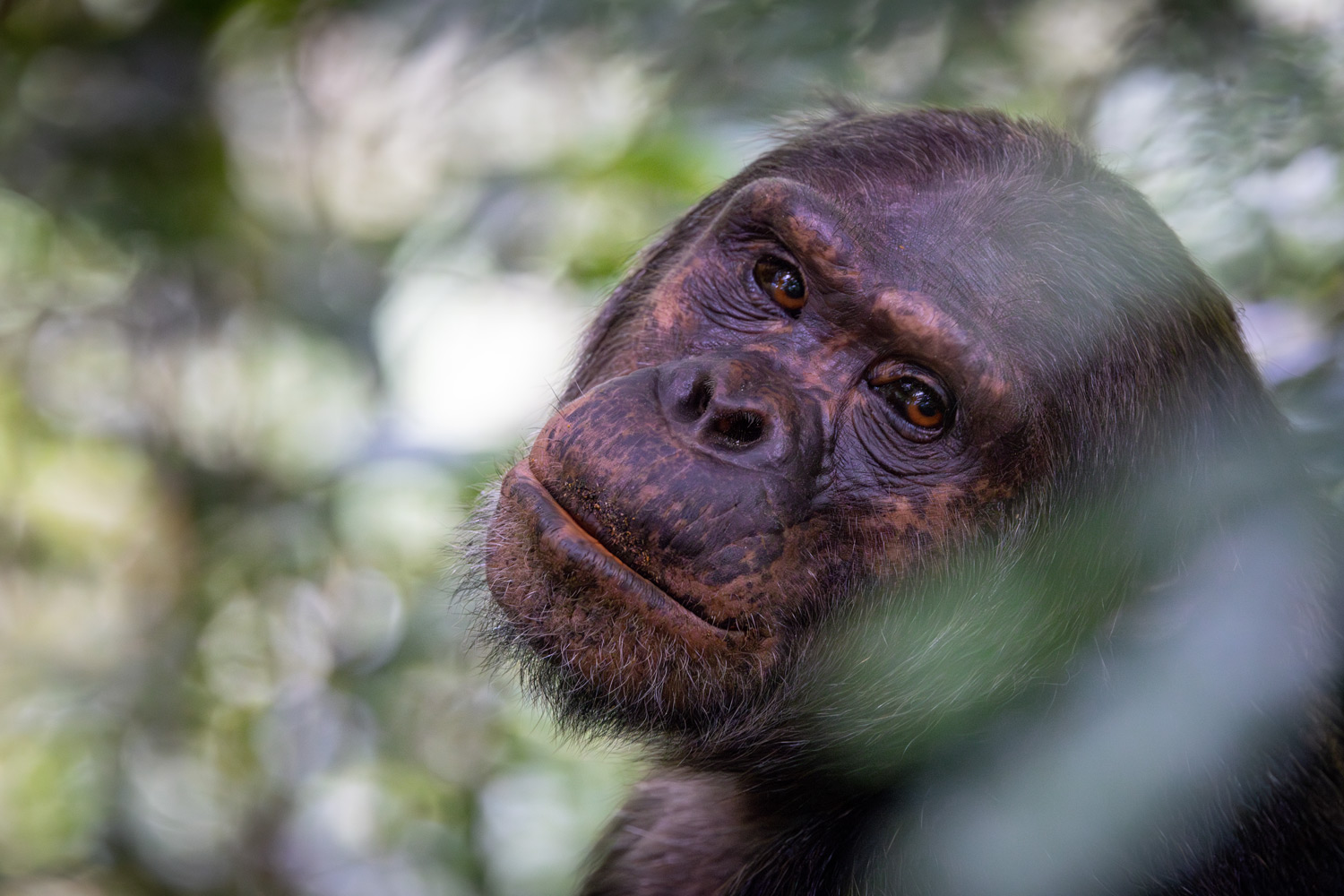
Wildlife portrait photography brings us closer to exotic animals than we ever thought possible. They allow us an opportunity to connect to the animal kingdom. I remember flipping through the pages of National Geographic or other nature photography magazines as a kid, getting lost in the wildlife pictures and animal portraits inside. The best wildlife photographers have the ability to pull us into a photograph. These tips will strengthen your ability to capture strong portraits of wildlife every time you go out.
Practice wildlife portrait ethics.
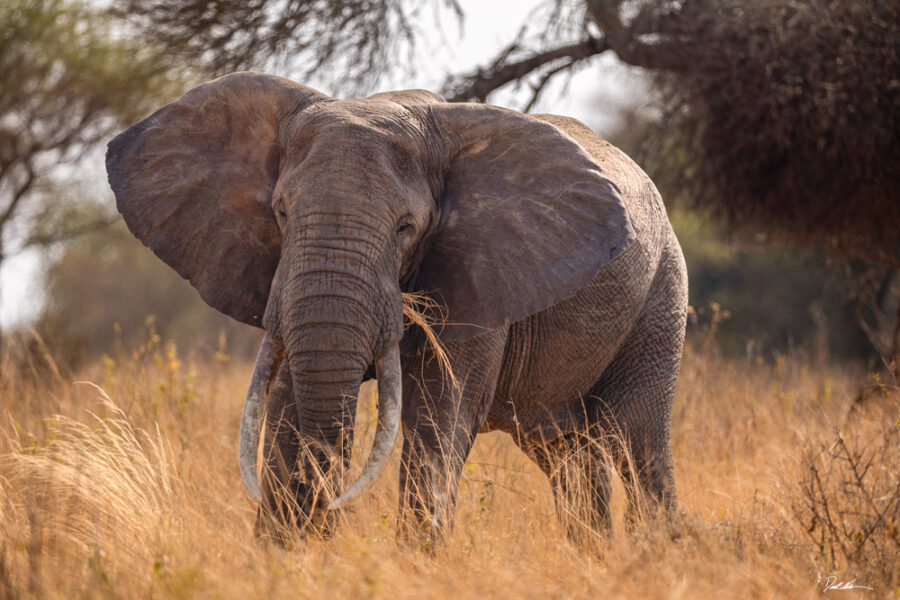
Ethics is one area a real professional photographer or amateur should never compromise. We look to professionals to lead the way and act as an example for the rest of us. If we are altering the animal’s behavior in any way, we need to think to ourselves if what we are doing is in the animal’s best interest or ours alone. Resist every temptation to whistle or call an animal to look your way. I have seen a lot of people do this. Don’t throw things to get an animal to move. Baiting an animal is a sure way to harm the animal’s long-term chances of survival.
Are the eyes in focus?
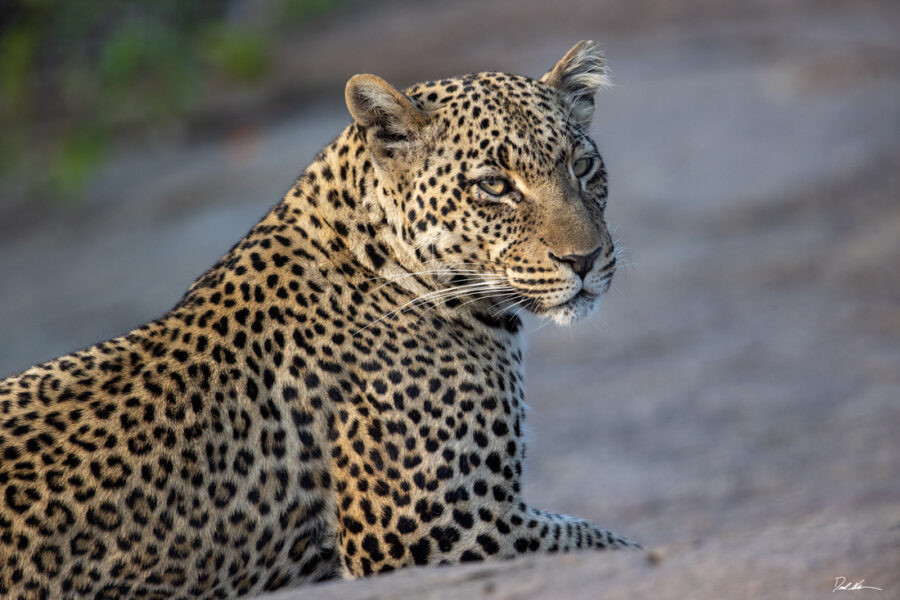
This is the number one tip you should see in any wildlife portrait photography article or blog after practicing ethical wildlife photography. I can not stress how important this is. Our ultimate goal is to make a connection with the viewer and the subject. The eyes are the best way to do this. Unless you think there is another element more important to highlight for artistic reasons, the eyes are incredibly powerful focal points for wildlife portraits.
Blurring your background for a wildlife portrait.
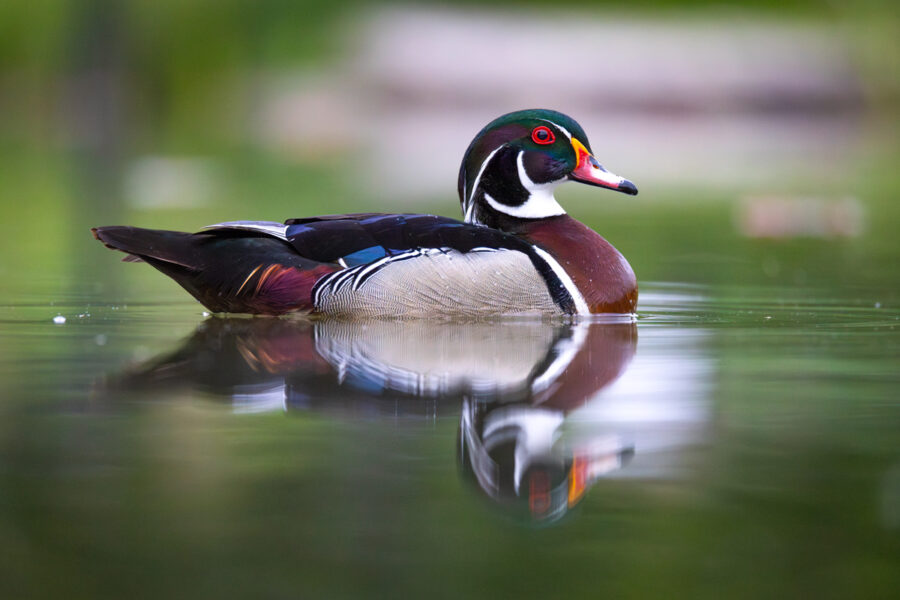
Another great tip for strong wildlife portraits is to blur the background. This will keep your wildlife subject as the focus of the frame and won’t allow the background to distract the viewer. To create this effect, use a wide aperture such as f/2.4 to f/4.5. All camera makes and lenses have a different range, but as a general rule, use the largest aperture your camera lens will allow.
Creating good bokeh.
What is bokeh? This is the quality of blur outside of your depth of field. It is not, however, just having a blurry background or foreground. Here is an example. Look at the nice “creamy” background in the portrait above taken with the Canon 600mm f/4. This silky, creamy background really creates a beautiful portrait. What we don’t want is a blurry background that still distracts us from the main subject.
Understand your subject.
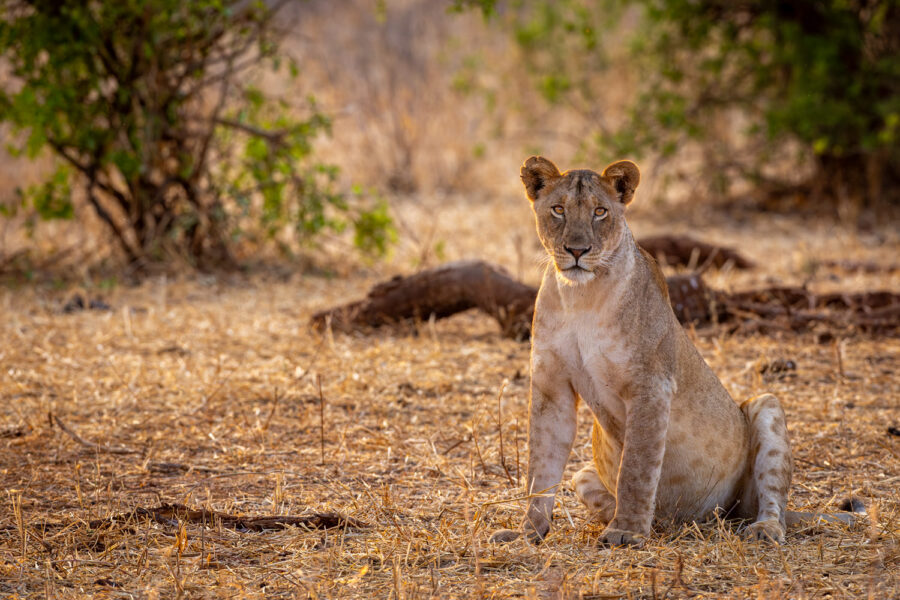
Wild animals are incredibly unpredictable to the untrained eye. The elusive behavior of certain bird species or the laziness of lions can make a photographer crazy. Study your subject’s natural behavior before setting out to photograph them. When are your subjects most active? Are they in mating season? What are their favorite things to eat? Each of these is an important question, and their answers will lead you to not only find them but also put you in the right position to get the best shot.
Be patient.
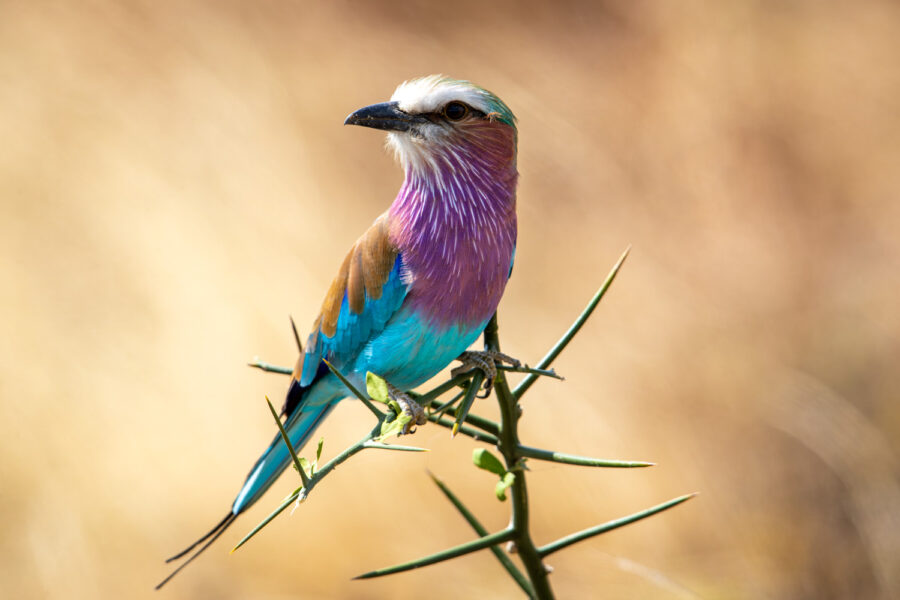
I have seen people on safari leave as soon as they come upon a sleeping lion family. They snap a few photos and off to the next, only to have the family wake up just moments after, and I end up with tons of great shots. This follows well from understanding your subject above, but the more patient you are with certain animals, the better shots you will get. Some of the best shots happen in the blink of an eye. In wildlife photography, we usually don’t get a second take. So be patient, keep your subject in frame, and be ready to capture that perfect moment when it makes eye contact with your lens.
Get down or up to their level.
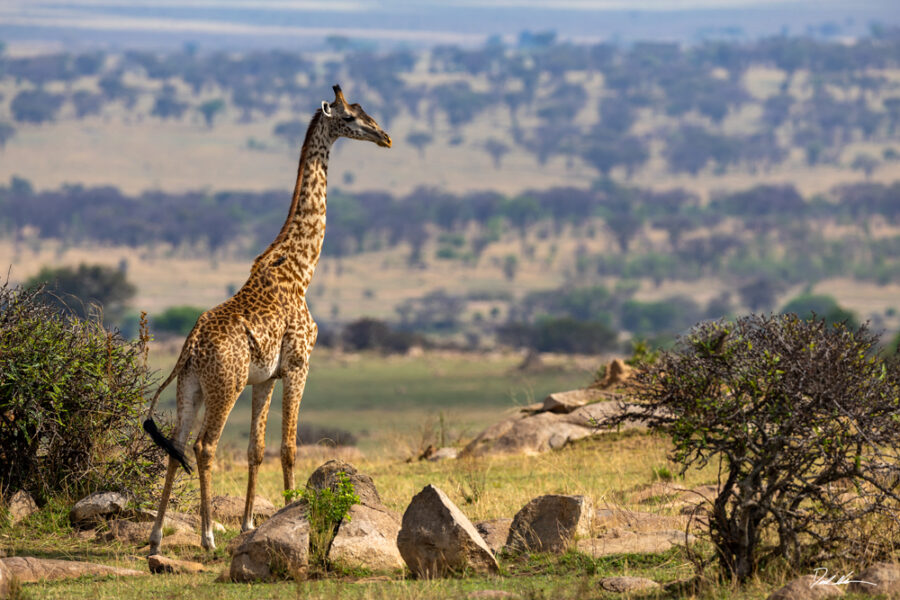
The average duck stands only a foot tall. An elephant, however, is easily 10 feet tall. Find different ways to get eye level with the subject’s face. When we go down to a smaller animals level we get an intimate look into their perspective. We get so used to our view of the natural world that when we see another species’ view, it opens our eyes, sparking our imagination.
Use a telephoto lens to get wildlife portraits of dangerous animals.
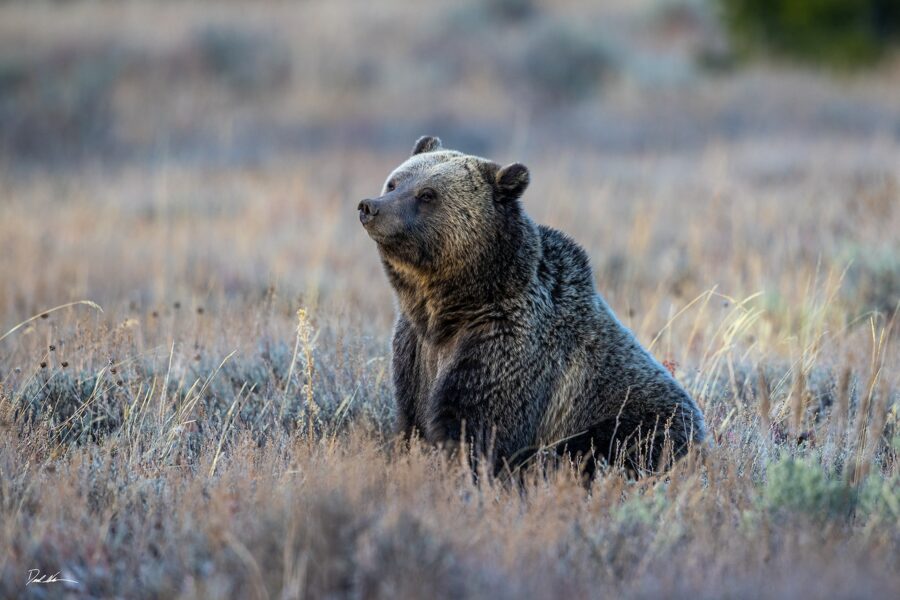
No photograph is worth risking the animal’s life or yours. Certain animals are inherently dangerous to be around. Keep a safe distance from big cats, bears, hippos, and venomous wildlife species unless you are with a highly trained professional. The great news is we can get impactful images with a long lens. They are expensive, but renting them makes them a much cheaper option. I have used LensRentals.com several times to visit Africa and South East Asia. A telephoto lens allows you to get tight images with good results.
Don’t be afraid to crop to get a strong wildlife portrait.
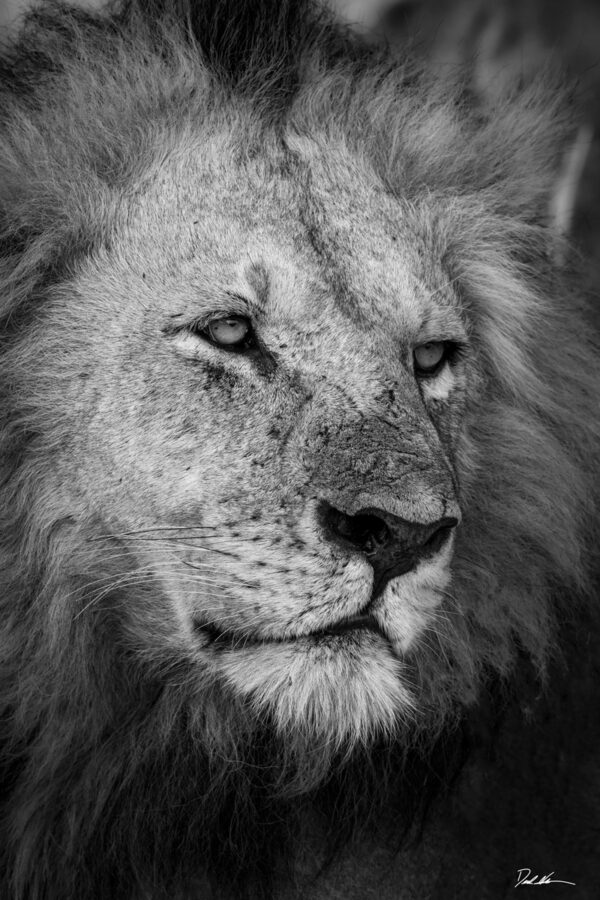
Getting great animal portraits is much harder than getting human portraits. Don’t let the purist tell you that you can’t crop an image to make it stronger. Having to crop in to remove a distracting element to make a particular animal portrait stronger is part of the job. There have been many times I have tracked an animal perfectly in my lens only to see something annoying on the edge of the frame later. Also, tight crops of frame-filling shots might not be possible with the lens you have. However, a great way to achieve this look is to rely on your camera’s high-megapixel sensor to preserve the detail if you need to crop.
Show their personality.
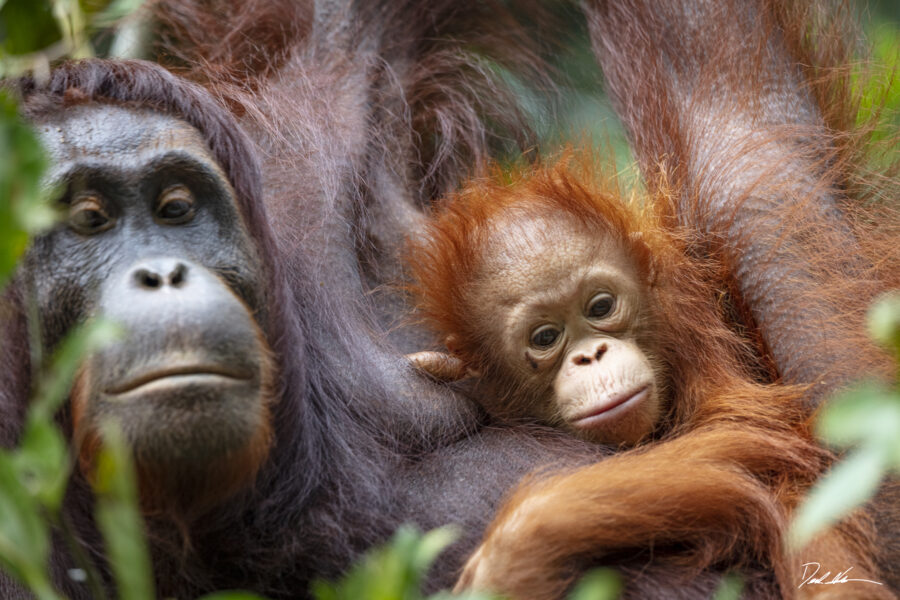
Animals are just like humans in that each one of us has our own personality. Spend time around any pack animal to see for yourself just how different each member of a family in the same species can be. Bring out the best in their personalities by getting a compelling facial expression or capturing a vulnerable moment. Personality shots make for very relatable wildlife images.
Look for eye contact with the camera.
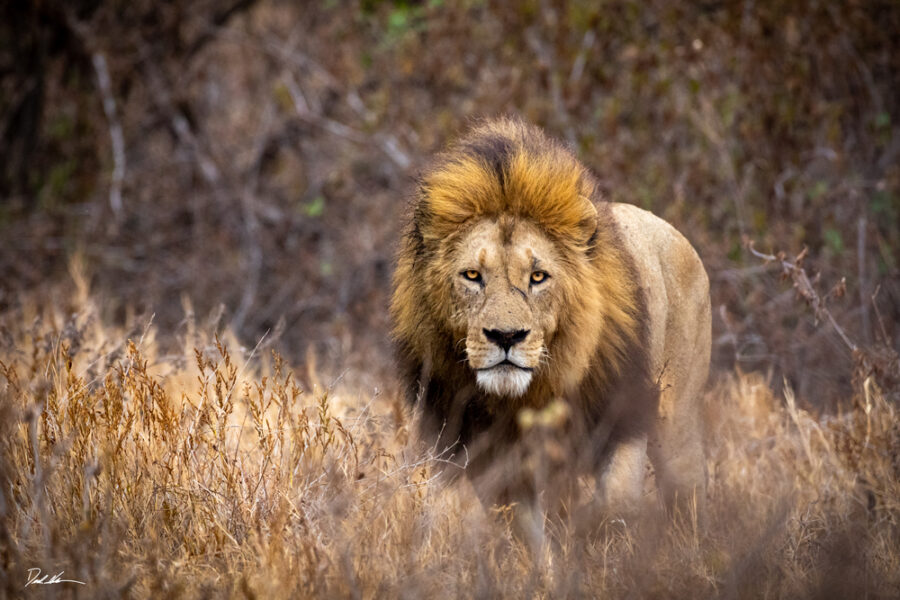
As you can see in the images above, making eye contact with the camera can make or break a photo. Being ready at the right moment when a wild animal glances into your lens is crucial. To set yourself up for the best opportunity to get the perfect shot, set your camera’s drive to as fast as it goes. This will be indicated by an H+ or something similar, depending on the make. Cameras can churn out dozens of photos per second. Let the camera do the heavy lifting, bursting out as many photos as you can in that pivotal moment. Keep the best one or two and toss out the rest.
Use composition guidelines to help get a powerful wildlife portrait.
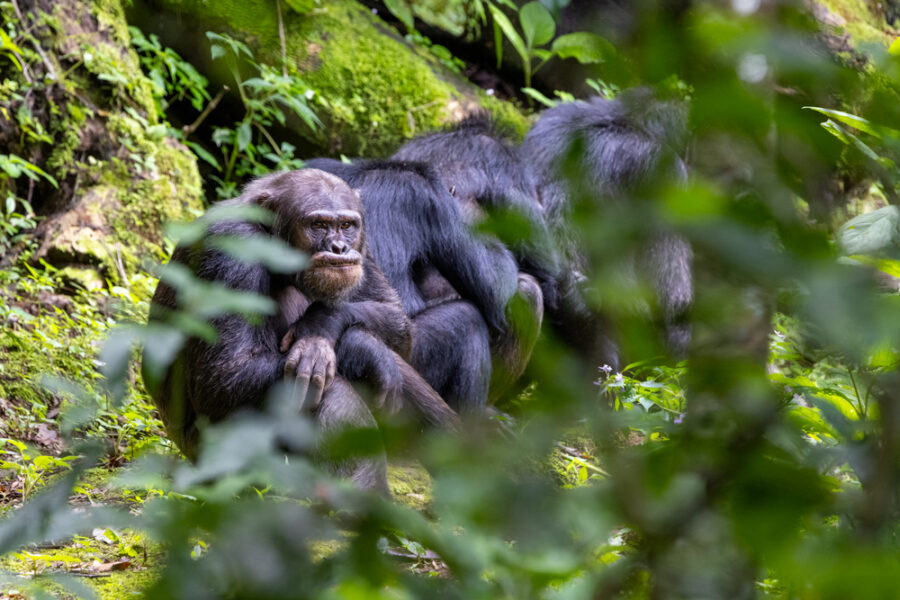
There are certain rules in photography that aid in a strong composition. They are important to consider, but you should certainly not rely on only one for every shot. The idea is to think of the rule of thirds, the golden ratio, and golden triangles as tools every photographer should keep in their toolbox. But we don’t just use a hammer for every single job we need done. Use techniques like the use of negative space, leading lines, or filling the frame to put intention in your shot. Think of a chef baking a cake. One ingredient doesn’t make for a delicious cake. It is the well-thought-out combination of the appropriate ingredients that come together for something special.
Set a fast shutter speed to get sharp photos.
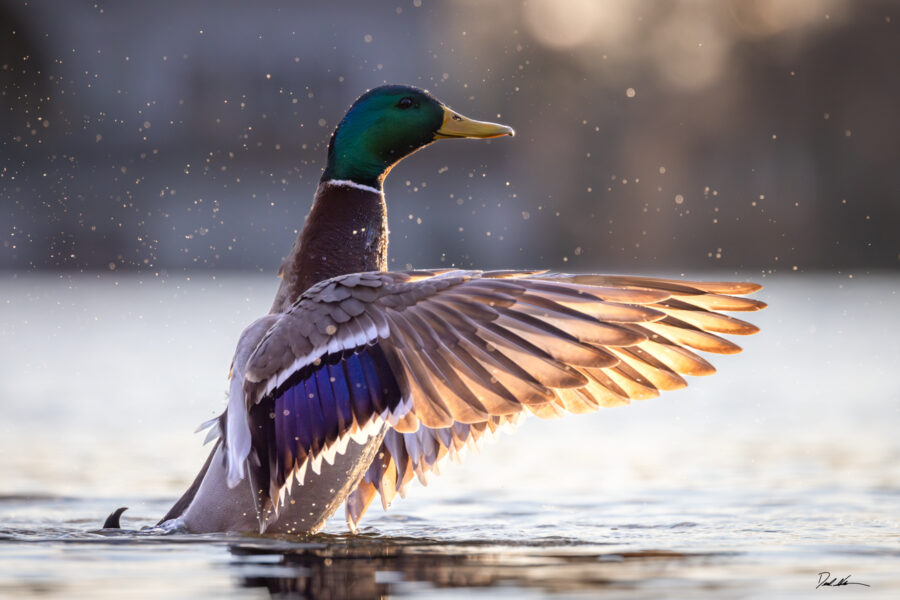
More times than I care to admit, I have had to scrap wildlife photos because they were a touch too blurry. Set your shutter speed to 1/1000 of a second or faster to get razor-sharp images. Don’t trust the screen on the back of your camera. I often put my shutter speed up to 1/2000 of a second just to be safe. Crank up your ISO to compensate. Noise can be removed, but blur is there to stay.
Environmental portraits to tell a larger story.
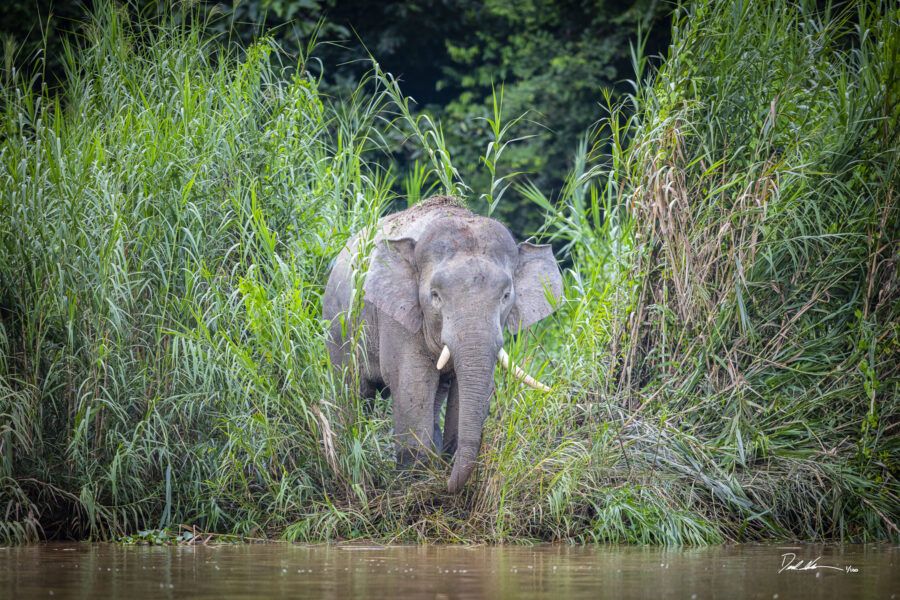
Not all wildlife portrait photography is zoomed in really close to the subject’s head or body. Rather, a “portrait” of an animal in their natural habitat tells a much more inclusive story by bringing in the animal’s environment to highlight the subject. Look at the Wildlife Photographer of the Year competition by the Natural History Museum; many of the past winners are taken from this style of photography. The idea is to use a wide-angle lens to bring in as much of the surrounding environment as needed to tell the subject’s story. It gives more context than a closeup can.
Wildlife portrait photography should be fun.
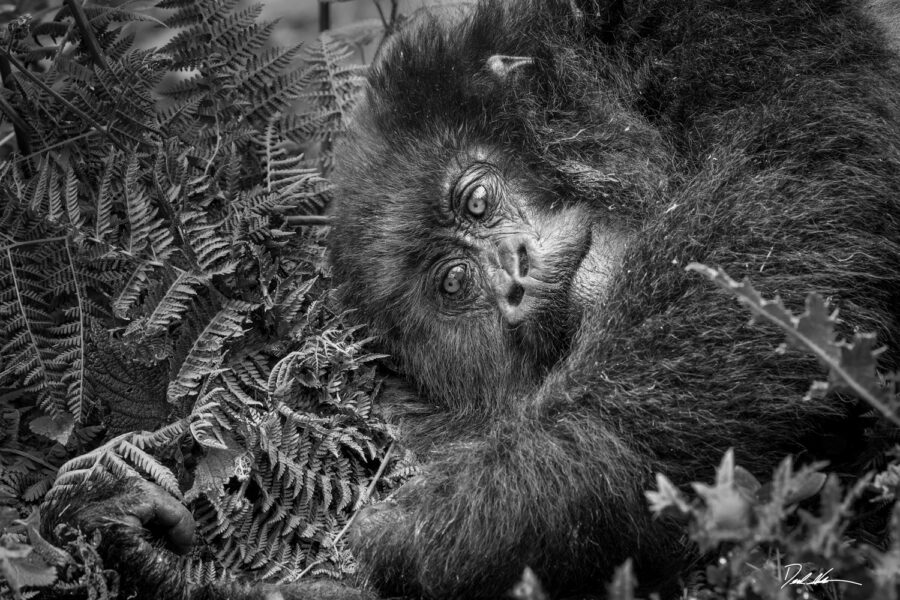
As a nature and wildlife fine art photographer, some of my favorite images are of animal portraits. There is something so rewarding when all the best elements of a strong image come together. Practice like crazy, but remember, half of the fun is just being out in nature. Remember what you are looking at through your lens most people have never seen. Use the power of your creativity to inspire other people to get outside and explore. The more ambassadors of nature we have, the better chance we have of saving this planet. Check out my other favorite articles on wildlife photography for more insider tips.
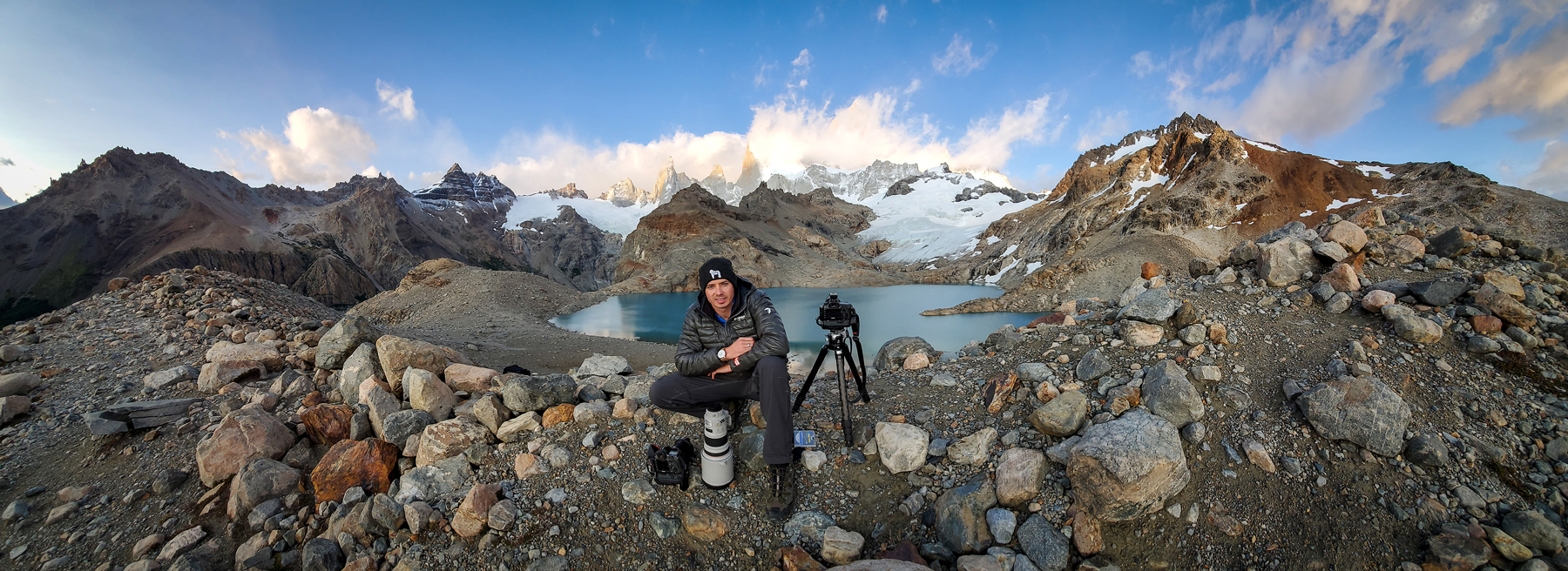
Hello! I'm Derek.
DEREK NIELSEN PHOTOGRAPHY RAISES AWARENESS ABOUT THE GLOBAL NEED FOR CONSERVATION THROUGH PHOTOGRAPHY AND DONATES UP TO 15% OF ALL SALES BACK TO ENVIRONMENTAL ORGANIZATIONS AROUND THE WORLD.
